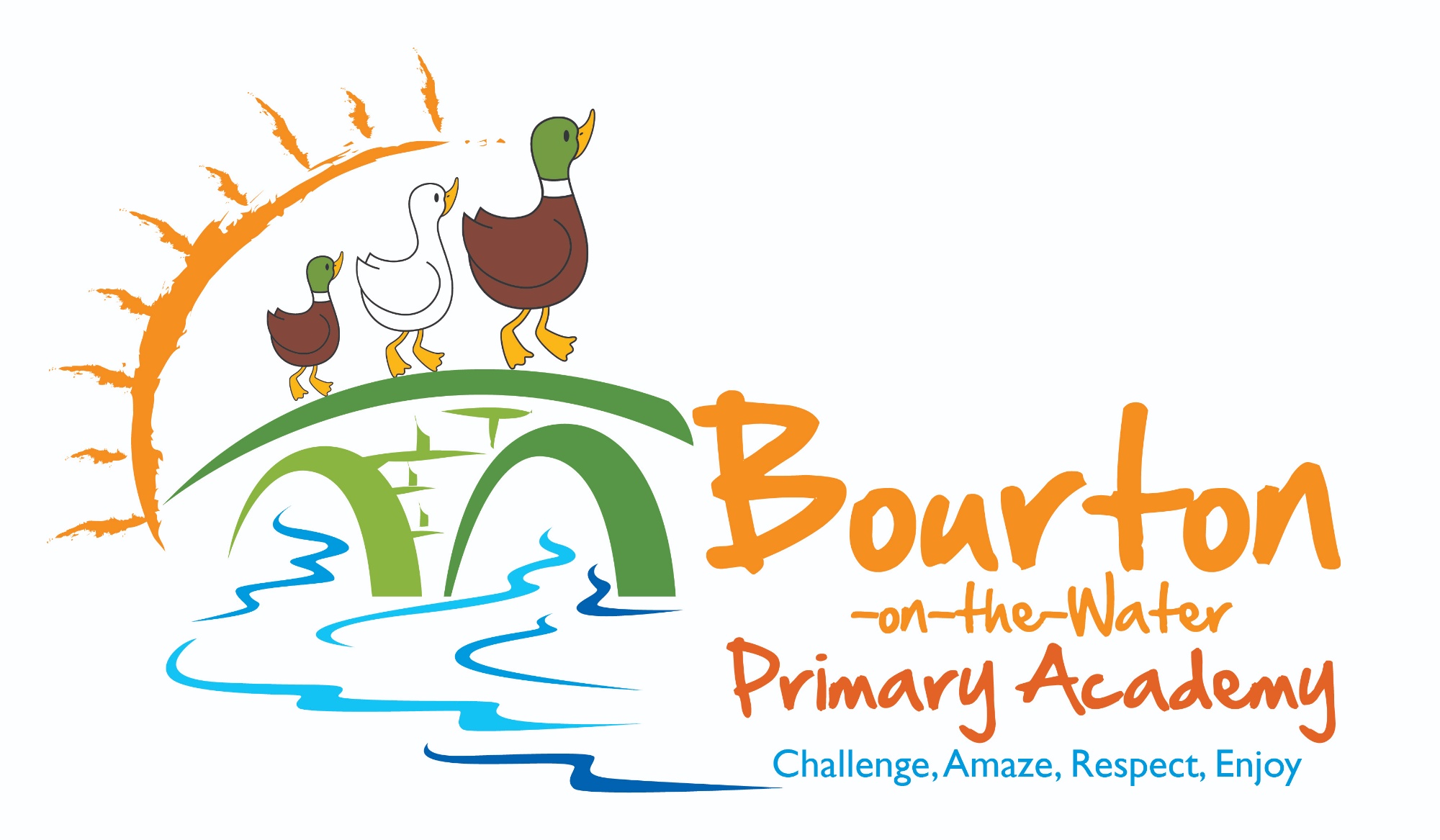Our Curriculum:
Intent:
We strive to find engaging and inspiring topics through which we link all subjects. Topics have included Up, Up and Away, Plastic Planet and The World in our Home to name but a few. However, we are careful to see each subject as its own subject and place a value on everything.
Through providing children with rich learning experiences, we believe that our curriculum enables children to gain a full understanding of the topic. These opportunities then allow children to write from experience, making their work more detailed and descriptive as the child has already 'lived' the story.
For example, children in Years 5 and 6 whilst studying 'The Awesome Egyptians' mummified a real fish. This helped the children gain a fuller understanding of the mummification process and used their experiences to write a set of instructions and, later, a story.


Phases:
The National Curriculum is divided into three stages for primary school pupils.
- The Early Years Foundation Stage (ages 4 and 5)
- Key Stage 1 (Years 1 and 2 – ages 5 to 7)
- Key Stage 2 (Years 3,4,5,6 – ages 7 to 11)
The Foundation Stage:
The foundation curriculum is made up of three prime areas and four specific areas.
The prime areas are:
- Personal, Social and Emotional development
- Physical development
- Communication and language
The specific areas of study are:
- Literacy
- Maths
- Understanding the World
-
Expressive arts and design
Key Stages 1 and 2 subjects:
- Literacy
- Maths
- Science
- History
- Geography
- PE (Physical Education)
- Computing
- Art
- DT (Design Technology)
- RE (Religious Studies)
- PSHCE (Personal, Social, Health, Citizenship and Emotional)
- MFL (Modern Foreign Language)
To see our curriculum in full, please click on the link below.
